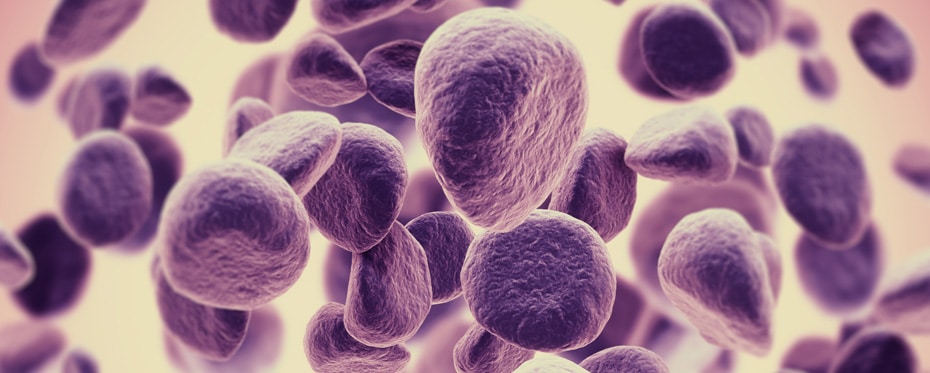Tag: cancer cells
Artemis:DNA-PKcs: A new drug target for cancer treatment?

Cells encounter DNA double-strand breaks (DSBs) every day. Because they can lead to loss of genetic information, DSBs must be repaired. Nonhomologous DNA end joining (NHEJ) is the major pathway for repairing DSBs, and the key enzymes include Artemis nuclease and DNA-dependent protein kinase catalytic subunit (DNA-PKcs). For the first time, Dr Go Watanabe and his team from the University […]
Read More… from Artemis:DNA-PKcs: A new drug target for cancer treatment?
Unlocking the mechanism of action of arsenic trioxide in leukaemia

The blood cancer acute promyelocytic leukaemia (APL) has recently been transformed from a fatal condition to a curable one, thanks to the development of treatments including vitamin A1 and arsenic trioxide (ATO). Although very effective, the mechanism of action of ATO has remained unclear until now. Changing this is Professor Paul B Tchounwou and his team at Jackson State University, […]
Read More… from Unlocking the mechanism of action of arsenic trioxide in leukaemia
Exosome microRNAs as liquid biopsies for the monitoring of prostate cancer

Neuroendocrine prostate cancer (NEPC) is a highly aggressive variant of prostate cancer that emerges in response to hormone therapy. Dr Sharanjot Saini and her staff, from the Medical College of Georgia at Augusta University, USA, are studying exosomes – nano-sized vesicles that transfer lipids, proteins, or genetic information between cells. These could be used as a source of biomarkers to […]
Read More… from Exosome microRNAs as liquid biopsies for the monitoring of prostate cancer
Cell culture protocols for growing human keratinocytes in the laboratory

Dr Hitomi Fujisaki, Senior Research Scientist at Nippi Research Institute of Biomatrix in Japan, studies human epidermal keratinocytes (skin cells) and cancer cells using two- and three-dimensional type I collagen substrates. Through her research, she aims to understand more about the ways in which these cells interact with the substrate that they are grown on, and how this relationship can […]
Read More… from Cell culture protocols for growing human keratinocytes in the laboratory
Diet and cancer: Investigating the mechanisms of polyphenolic compounds in extra virgin olive oil

The health benefits of extra virgin olive oil are widely acknowledged, but we still have much to learn about the compounds which provide these benefits. Dr Limor Goren, Hunter College of the City University of New York, has recently completed her PhD which explored the anti-cancer effects of oleocanthal, a phenolic compound found in extra virgin olive oil. Dr Goren […]
Fluorescent imaging sheds new light on apoptosis

Researchers at the Avera Cancer Institute are using state-of-the-art fluorescent imaging to shed new light on the physical and biochemical processes behind apoptosis – also known as ‘programmed cell death’. The novel, cost-effective and user-friendly method uses three fluorescent stains, enabling the real-time, structure-function based identification of apoptosis in live, apoptotic tumour cells. This unique protocol developed by Dr Nandini […]
Read More… from Fluorescent imaging sheds new light on apoptosis